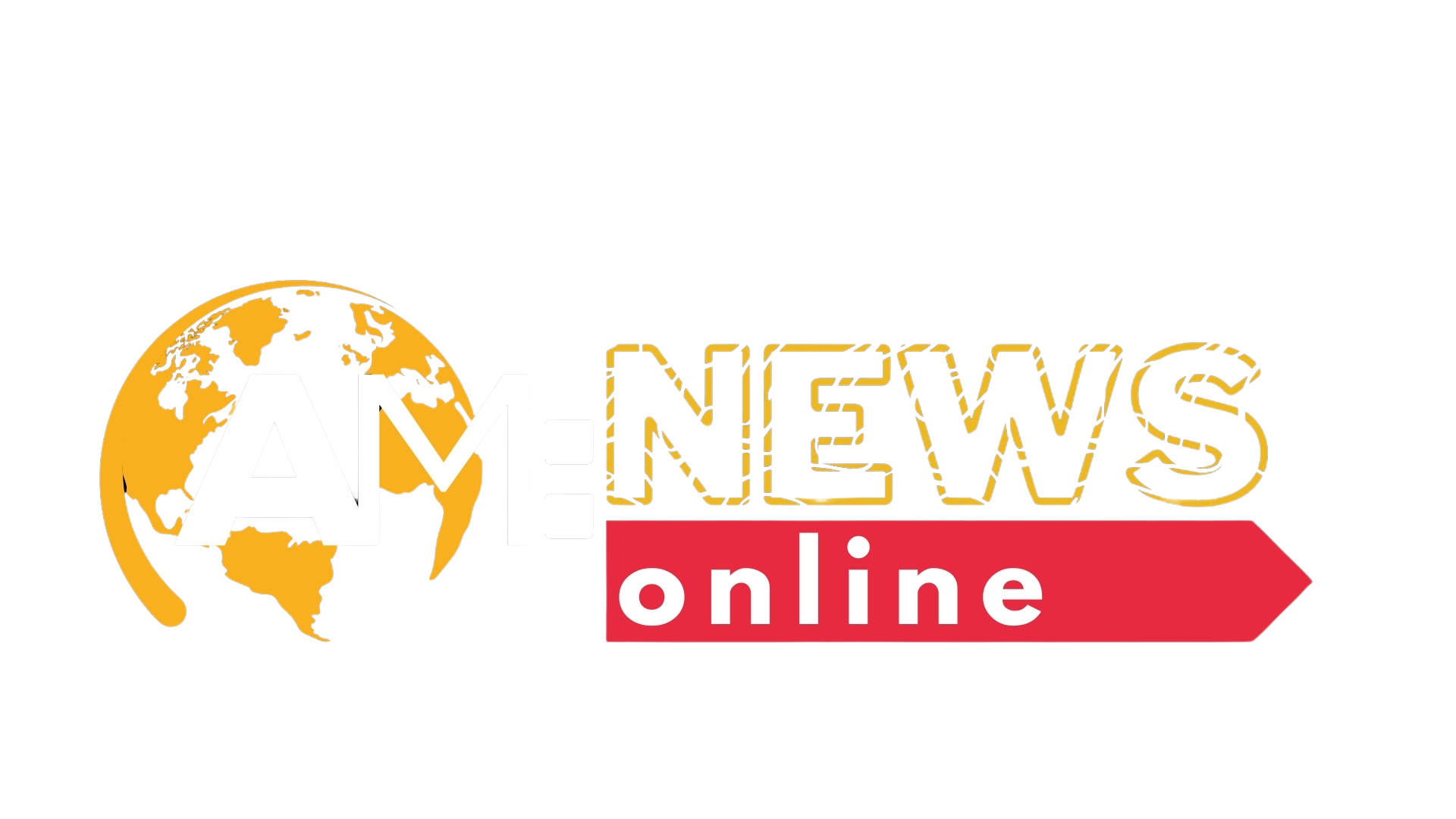Breast cancer is one of the most common cancers affecting women worldwide. Early detection plays a crucial role in improving the chances of successful treatment and survival. In honor of Breast Cancer Awareness Month, it’s important to highlight the significance of regular breast self-exams (BSE) as a vital step in the early detection process. While self-exams are not a replacement for professional screenings, they are a proactive way for women to understand the normal look and feel of their breasts, allowing them to detect potential changes earlier.

Why Are Breast Self-Exams Important?
Self-exams are a simple, effective method of checking for abnormalities in breast tissue. They can help identify early signs of breast cancer, such as lumps, changes in shape or size, or unusual skin texture. These changes might signal the need for further evaluation by a healthcare professional. Many women discover breast cancer themselves during a self-exam, making it an essential practice in personal health maintenance.
While mammograms and clinical breast exams are the primary screening methods recommended for women, especially those over the age of 40, self-exams can be done more frequently and at any age. They empower women to stay vigilant and take ownership of their health by being familiar with what is normal for them. This makes it easier to spot something unusual early on.
How to Perform a Breast Self-Exam
The best time to perform a self-exam is about three to five days after your menstrual period ends, when your breasts are least likely to be swollen or tender. Post-menopausal women should pick a consistent day each month. The exam can be done both in front of a mirror and while lying down to ensure you thoroughly check all areas of the breast tissue.

Here’s a step-by-step guide for performing a breast self-exam:
- In Front of a Mirror:
- Stand with your shoulders straight and arms on your hips. Look for changes in the shape, size, or color of your breasts, and check for visible swelling or dimpling of the skin.
- Raise your arms and look for the same changes. Also, check if your nipples have become inverted or if there is any discharge.
- While Lying Down:
- Use your right hand to feel your left breast and vice versa. With firm, smooth, and circular motions, use your fingers to press down and check for lumps or thickened areas. Ensure you cover the entire breast area, from the collarbone to the ribcage and from your underarm to the center of your chest.
- While Standing or Showering:
- Many women find it easier to feel their breasts when the skin is wet or slippery. Use similar circular motions to cover the whole breast and armpit area.
What to Look for During a Self-Exam
While performing a breast self-exam, be on the lookout for:
- Lumps or thickened tissue that feels different from the rest of the breast.
- Changes in size, shape, or symmetry of the breasts.
- Swelling, warmth, or redness.
- Nipple discharge (other than breast milk).
- Inverted or retracted nipples.
- Skin dimpling or puckering, resembling an orange peel texture.
If you notice any of these signs, it’s important to consult a healthcare provider for further evaluation. Keep in mind that not all lumps are cancerous, but only a professional can determine the cause.
The Role of Self-Exams in Prevention and Early Detection
While breast self-exams do not prevent breast cancer, they play a key role in early detection, which is critical to improving treatment outcomes. Research shows that when breast cancer is detected early and localized to the breast, the five-year survival rate is nearly 99%. Self-exams should be used in conjunction with other screening methods, such as mammograms and clinical exams, for comprehensive breast health care.
Conclusion
Breast self-exams are a simple yet effective way for women to monitor their breast health regularly. While they are not a substitute for professional screenings, they empower women to recognize any early changes in their breasts and seek medical advice if necessary. Incorporating self-exams into your monthly routine is a proactive step toward early detection, and when combined with regular mammograms, it enhances the chances of catching breast cancer in its earliest stages.
References
- American Cancer Society. (2023). Breast Cancer Facts & Figures 2023.
- National Breast Cancer Foundation. (2023). Early Detection & Diagnosis.
- Mayo Clinic. (2023). Breast cancer self-exam: How to perform a breast self-exam.












0 Comments